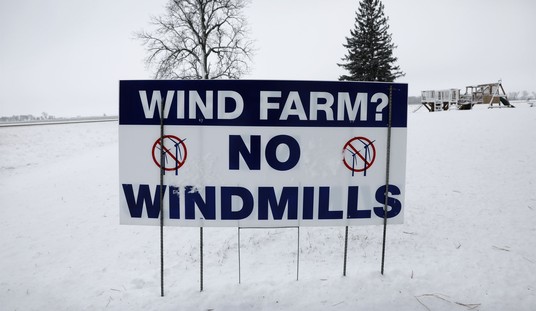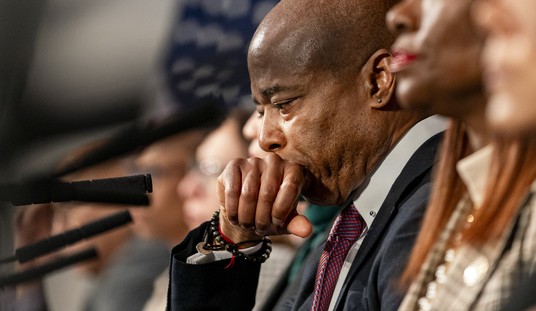Yesterday, Rasmussen reported that the GOP had moved out to a double-digit lead in generic Congressional balloting. At the same time, Public Policy Polling reported a more modest three-point lead for Republicans over Democrats in its survey of registered voters, as opposed to Rasmussen’s survey of likely voters. PPP found an interesting trend that may have something to do with turnout — and may indicate that PPP still is underestimating Republican chances in the midterms:
Voters across the country are continuing to lean toward the GOP for 2012, with Republicans holding a 46-43 lead on our latest look at the generic Congressional ballot.
There are two major trends driving their lead that have shown up in our polling for a while now. They have a 44-26 lead with independents, and their party is more unified with 87% of Republicans planning to vote Republican compared to 80% of Democrats who plan to stick with their party.
Congressional Republicans are actually less popular than Congressional Democrats with 60% of voters disapproving of them compared to 56% for the Democrats. But mirroring something we’ve found repeatedly in our polling voters with a negative opinion of both parties plan to support the GOP by a 49-28 margin this year, figuring that a shift in control brings at least the possibility of change.
Call it the referendum effect. It’s a measure of displeasure with the party that controls all of the electoral levers of power in Washington. Even though Republicans haven’t built as much of a positive following as the party would like, there is only one way to register discontent this November — and that’s either to vote against the Democrat or to stay home. While 80% of Democrats plan to stick with their party, a number of them may not bother to show up at all for the midterms.
There are a few other interesting points in the raw data. First, the sample is +10 for Democrats, with a D/R/I split of 43/33/24. That both overcounts Democrats and undercounts independents. Gallup puts the partisan gap at half of that in December, and Rasmussen followed with a March poll that puts the difference at 3 points, 35/32, with 33% independent/unaffiliated. Even with that artificial advantage, Republicans still outpace Democrats, and Barack Obama can’t get above a 47/48 underwater approval rating. Neither can his ObamaCare proposal, which is also underwater in this poll at 45/49.
In breaking down those approval numbers, it appears that a small margin of buyer’s remorse has set in with Obama voters. Ten percent of Obama voters in 2008 now disapprove of his job performance, and 11% oppose ObamaCare. Twenty-four percent of Obama voters disapprove of Congressional Democrats, although only 12% of them think Democrats in Congress are too liberal (26% say too conservative). Thirty-one percent of McCain voters think Republicans on the Hill are too liberal, while only 20% think they’re too conservative.
Even in polls skewed for them, Democrats are stumbling. Perhaps some of them should consider that when deciding whether to flip their vote on ObamaCare to pull Nancy Pelosi’s chestnuts out of the fire.








Join the conversation as a VIP Member